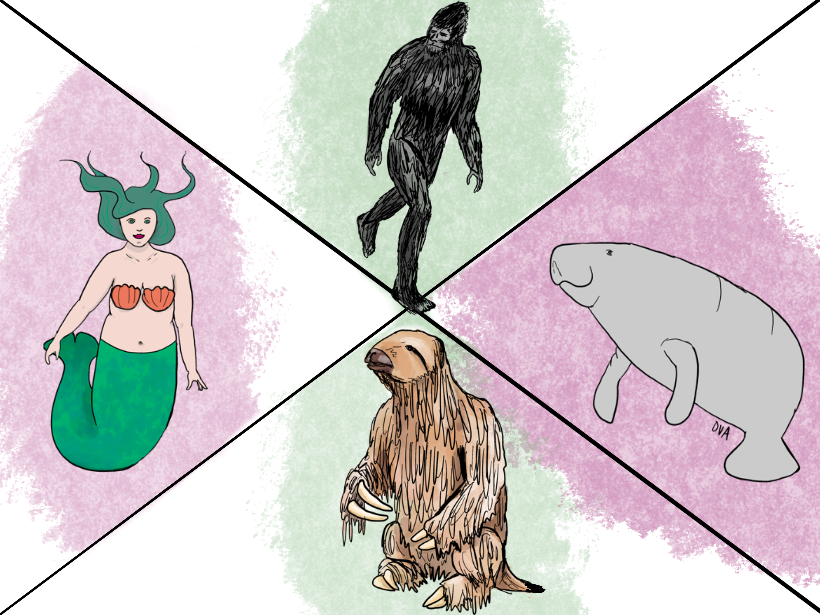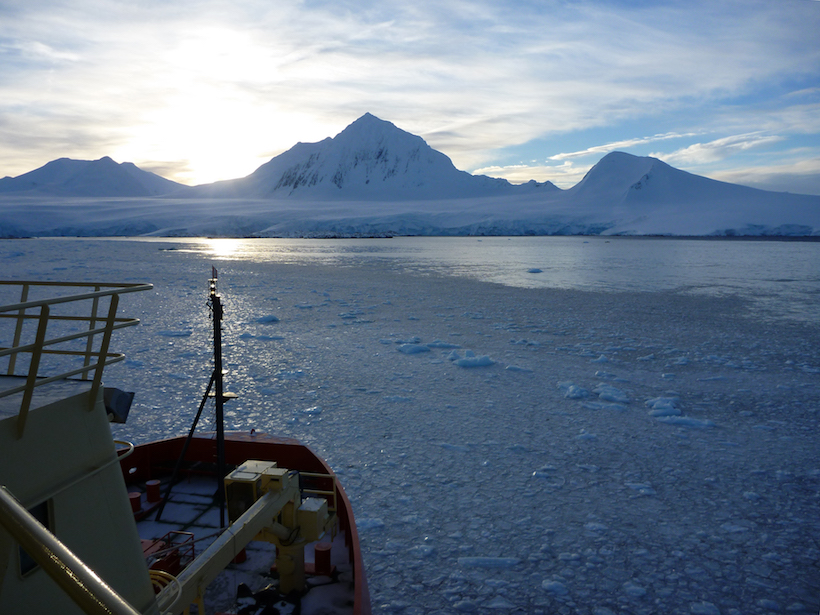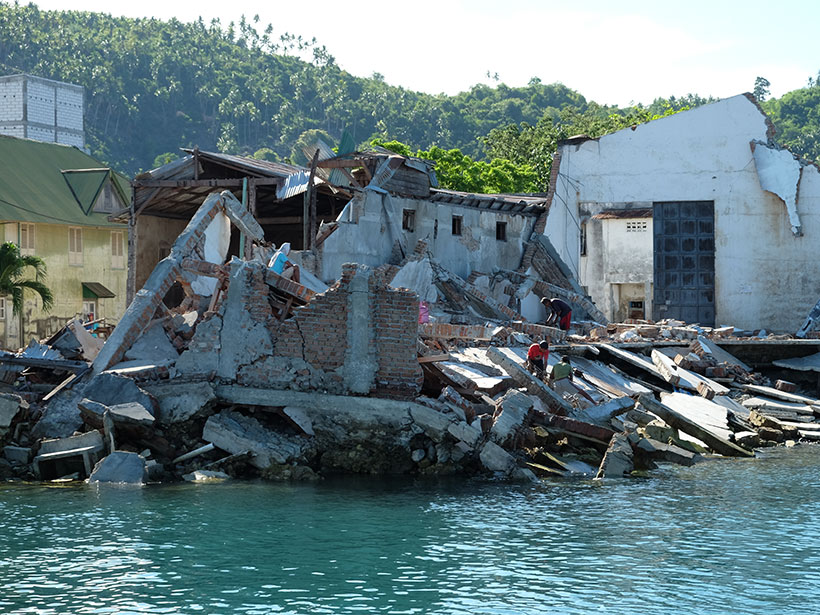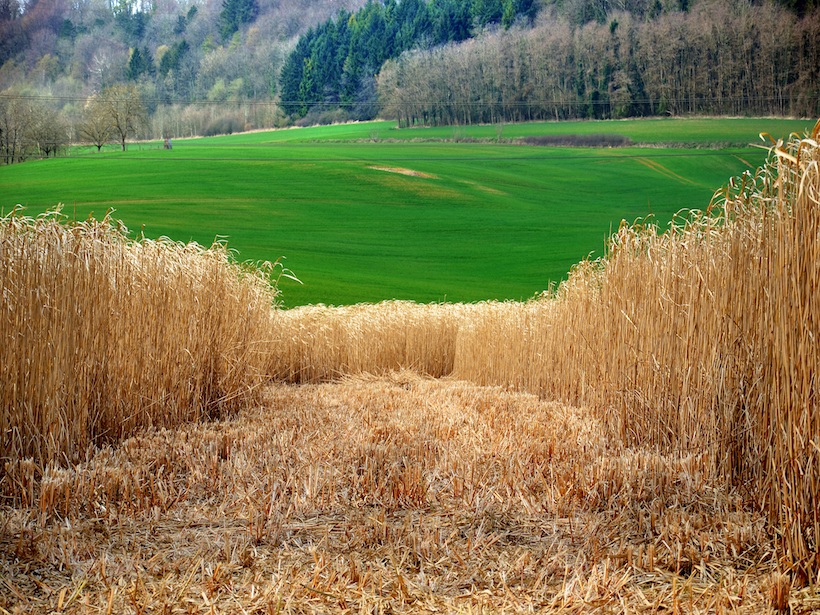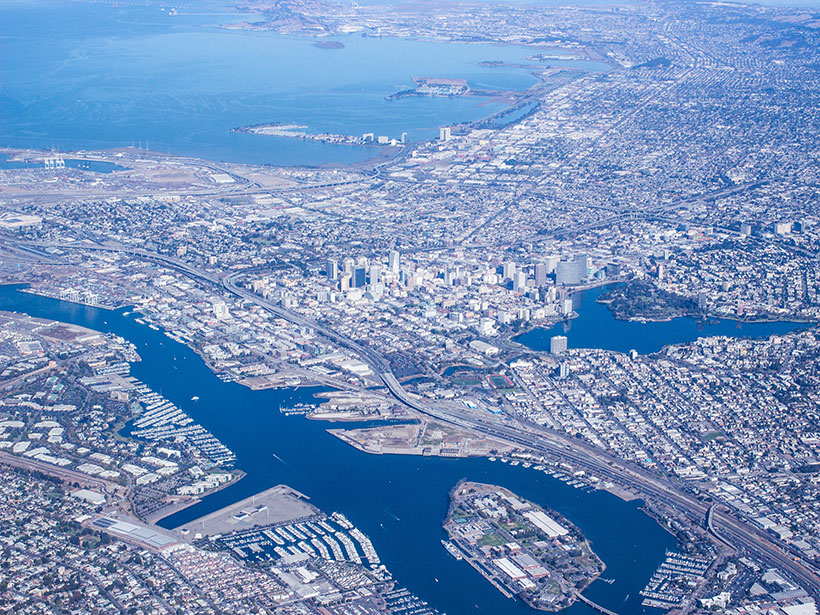This Halloween season, explore the connections between mythical monsters like Bigfoot and the Kraken and the creatures on which they’re based.
AGU 2020
Geomagnetic Storms Probably Don’t Cause Mass Cetacean Strandings
Solar-induced geomagnetic activity and mass strandings of whales and dolphins on shorelines both show seasonal patterns, but the beachings likely result from multiple environmental factors.
Simple Actions Can Help People Survive Landslides
New research provides practical advice to minimize landslide risk for individuals before, during, and after an event.
How Long Does Iron Linger in the Ocean’s Upper Layers?
A new study refines our understanding of marine residence times of iron, which supports carbon-sequestering sea life, offering valuable data to inform biogeochemical models.
Rising Seas and Agriculture Created Wetlands Along the U.S. East Coast
Most of the tidal marshes along the eastern coast of the United States formed within the past 6,000 years due to a combination of slowly rising seas and European colonization.
To Save Low-Lying Atolls, Adaptive Measures Need to Start Now
New research uses 5,000 years of geological data to understand how and when sea level rise will affect the livability of low-lying reef islands.
Redes Sociales Ayudan a Revelar la Causa del Tsunami en Indonesia en el 2018
Videos de Twitter y YouTube ayudaron a los científicos a descubrir los mecanismos físicos que generaron el gran tsunami en Palu Bay después de un terremoto de magnitud 7.5.
Finding Value in the Margins to Build a Bioeconomy
Monetizing environmental services of biofuel feedstocks could incentivize farmers to take advantage of marginal agricultural lands while also benefiting the landscape.
Modeling the Cascading Infrastructure Impacts of Climate Change
New research highlights how interdependences among infrastructure systems like roads can complicate climate adaptation.
Megadrought Caused Yellowstone’s Old Faithful to Run Dry
Scientists studying wood samples preserved by Old Faithful have determined that the famous geyser was dormant for several decades during the 13th century due to a megadrought.

